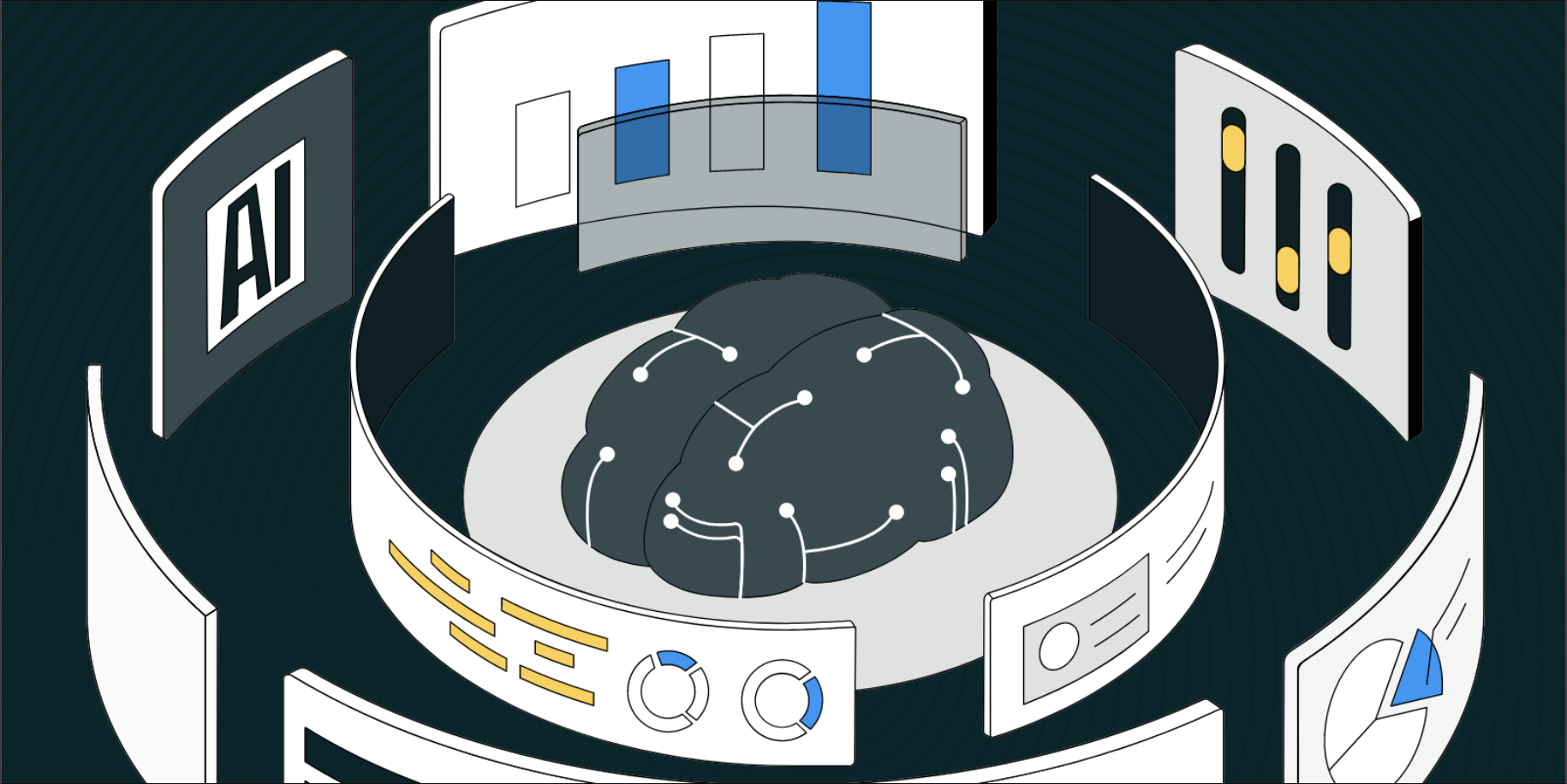- Publication: Department of Computer Science, University of Chicago
- Publication Date: October 20, 2023
- Organizations mentioned: Department of Computer Science, University of Chicago, LAION-Aesthetic, MSCOCO dataset, Wikiart dataset, LAION-5B dataset
- Publication Authors: Shawn Shan, Wenxin Ding, Josephine Passananti, Haitao Zheng, Ben Y. Zhao
- Technical background required: High
- Sentiment score: Neutral (41%-60% being neutral)
This study, conducted by the Department of Computer Science at the University of Chicago, investigates the vulnerability of text-to-image generative models to prompt-specific poisoning attacks. The research aims to challenge the perceived robustness of these models to such attacks, which are thought to require an infeasibly large number of poison samples to succeed.
Methodology:
- The researchers observed that training data per concept is often limited in these models, making them susceptible to poisoning attacks targeting individual prompts.
- They introduced “Nightshade,” a potent and stealthy prompt-specific poisoning attack, and tested it on various generative models.
- The efficacy of the attacks was measured using both a CLIP-based image classifier and human inspection via a user study.
Key findings:
- The study revealed that generative models have low training data density for specific concepts, making them vulnerable to poisoning even with a small number of poison samples.
- Simple “dirty-label” poison attacks were highly effective, corrupting image generation for specific concepts with as few as 500-1000 poison samples.
- Nightshade attacks were optimized to generate visually identical benign images that teach the model incorrect associations, requiring even fewer samples (e.g., <100) for successful poisoning.
- Poisoning effects from Nightshade “bleed through” to related concepts, indicating that prompt rewording cannot easily circumvent the attack.
- Multiple Nightshade attacks can be composed together, and a moderate number of attacks can destabilize general features in a model, disabling its ability to generate meaningful images.
- Nightshade demonstrates strong transferability across different models and resists a range of defenses designed to deter poisoning attacks.
Recommendations:
- The researchers suggest Nightshade and similar tools could serve as a defense for content creators against web scrapers that ignore opt-out directives, by disincentivizing unauthorized model training.
- They recommend further investigation into defenses against poisoning attacks, as current methods showed limited effectiveness against Nightshade.
- It is advised to consider the ethical implications of using poisoning attacks, balancing the protection of intellectual property with the potential for misuse.
- The study highlights the need for collaboration between AI companies and content owners to establish licensed procurement of training data for future models.
- Lastly, the researchers call for continued research into understanding the theoretical underpinnings of the observed behavior when multiple concepts are poisoned, as well as the development of more robust detection and mitigation strategies.
Thinking Critically
Implications:
- Potential for Intellectual Property Defense: Nightshade and similar tools could offer content creators, such as artists and corporations, a method to protect their intellectual property against unauthorized use in training datasets for generative models. By poisoning their own content, they could deter web scrapers and model trainers from using their work without permission, essentially serving as a proactive “do-not-train” filter.
- Need for Robust Model Training Practices: The success of prompt-specific poisoning attacks like Nightshade highlights the vulnerability of generative models to data manipulation. Organizations training such models may need to adopt more robust data curation and model training practices, possibly increasing the cost and complexity of developing reliable AI systems.
- Ethical and Legal Considerations: The use of poisoning attacks as a defense mechanism raises ethical and legal questions. While it could protect intellectual property, it also has the potential for misuse, such as sabotaging competitors’ models or causing widespread distrust in AI-generated content.
Alternative Perspectives:
- Methodological Flaws: Critics might argue that the methodologies used in poisoning attacks like Nightshade are based on assumptions that may not hold true in all scenarios. For example, the potency of poison samples could vary significantly based on the model’s architecture, training process, or the nature of the training data, potentially reducing the effectiveness of the attack.
- Defensive Capabilities: While the report suggests that current defenses are inadequate against Nightshade, it’s possible that future advancements in poison detection and model robustness could mitigate the threat. Alternative perspectives may suggest that the AI community will develop more sophisticated defenses that render poisoning attacks like Nightshade obsolete.
- Unintended Consequences: There may be unintended consequences of using poisoning attacks as a defense mechanism. For instance, if widely adopted, it could lead to an arms race between attackers and defenders, resulting in a less stable and more unpredictable AI ecosystem.
AI Predictions:
- Development of Advanced Defenses: In response to poisoning attacks, it is predicted that new defense mechanisms will be developed. These defenses might include advanced data curation techniques, anomaly detection algorithms, and model training processes that are resilient to small quantities of poisoned data.
- Legal and Regulatory Responses: Given the potential for Nightshade to be used as a tool for copyright protection, there may be legal and regulatory responses to clarify the permissible use of such techniques and to establish frameworks for resolving disputes between content creators and AI model trainers.
- Shift in Model Training Sources: As poisoning attacks become more prevalent, there may be a shift away from using large, uncurated web-scraped datasets towards smaller, high-quality, and legally-cleared datasets for training generative models, emphasizing the importance of data provenance and licensing.
Glossary
- prompt-specific poisoning attacks: Target a model’s ability to respond to individual prompts by manipulating limited training data per concept.
- Nightshade: An optimized prompt-specific poisoning attack that uses visually identical benign images with matching text prompts, optimized for potency, and can corrupt a model with <100 poison samples.
- Stable Diffusion SDXL: A specific model of text-to-image generative models that can be targeted by Nightshade for prompt-specific poisoning attacks.
- bleed-through: A phenomenon where Nightshade poison effects impact related concepts, not just the targeted prompt, making the attack difficult to circumvent.
- composed attacks: Multiple Nightshade attacks that can be combined together in a single prompt, with cumulative effect.
- concept sparsity: The limited and unbalanced amount of training data associated with any single concept in massive training datasets, making them susceptible to poisoning attacks.
- word frequency: The fraction of data samples associated with each concept, used as a measure of concept sparsity.
- semantic frequency: A measure of concept sparsity at the semantic level, combining training samples linked with a concept and its semantically related concepts.
- dirty-label poison attacks: A basic form of poisoning attack where mismatched text/image pairs are introduced into the training data to disrupt the association between concepts and images.
- guided perturbation: An optimization technique used in Nightshade to generate stealthy and highly effective poison samples by introducing small perturbations to clean data samples.
- CLIP-based classification: A method for evaluating the correctness of generated images using a zero-shot classifier based on the CLIP model.
- IRB-approved user study: A human inspection method approved by an Institutional Review Board to evaluate the success of poisoning attacks.
- model transferability: The ability of Nightshade attacks to impact models other than the one used to generate the poison data, demonstrating the attacks’ general resistance to traditional poison defenses.
- continuous model training: The practice of continuously updating existing models on newly collected data to improve performance, which can be exploited by poisoning attacks.
Members also get access to our comprehensive database of AI tools and fundraising


 Join hosts Anthony, Shane, and Francesca for essential insights on AI's impact on jobs, careers, and business. Stay ahead of the curve – listen now!
Join hosts Anthony, Shane, and Francesca for essential insights on AI's impact on jobs, careers, and business. Stay ahead of the curve – listen now!
 Jumpstart your AI journey in our hands-on workshop designed for beginners. Learn to harness the power of ChatGPT and practical AI applications with ease!
Jumpstart your AI journey in our hands-on workshop designed for beginners. Learn to harness the power of ChatGPT and practical AI applications with ease!


